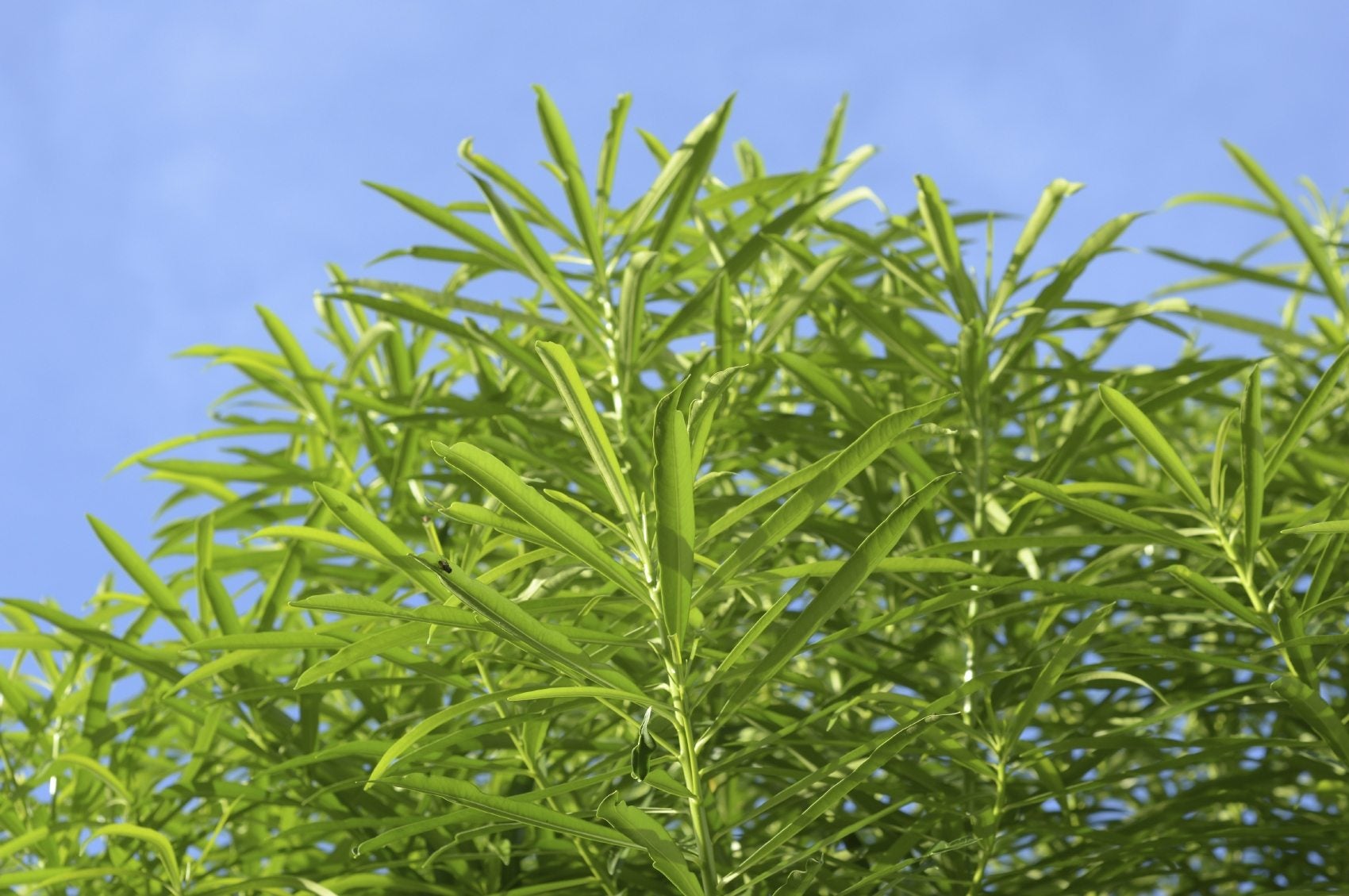No Flowers On Oleander: What To Do When Oleander Will Not Bloom


As a landscaper, I am often asked why certain shrubs aren’t blooming. I'm often told it bloomed beautifully for years then just stopped or it just never flowered after planting it. There’s no magical solution to this problem. Usually, it’s a matter of location, soil condition, or plant care. Read more to learn what you can do for non-blooming oleander shrubs.
No Flowers on Oleander
When you have no flowers on oleander, you have to question why. Oleanders are prized and beloved for their prolific blooms. If your oleander will not bloom, take a good look at its location.
- As other plants grow up around oleander, they may have started to block out the sun. Oleanders need full sun to bloom properly.
- Oleanders can have large root structures, if low-growing plants have grown too dense around the oleander shrub, they can compete for nutrients, causing weak or no blooms.
- The growth of trees and undergrowth around oleander can also compete for water. While mature oleander shrubs are drought-tolerant, all oleanders need adequate water during their bloom time, or the oleander will not bloom. From early summer to fall, water your oleander well once a week. A stressed oleander will not bloom.
Non-blooming oleander shrubs used as a hedge could be absorbing too much nitrogen from lawn fertilizer runoff. High nitrogen fertilizers promote growth and vigor mostly in the leaves, branches, and stems of plants, not the blooms or roots. Oleander hedges also may have very few or no flowers if they are trimmed too often.
What to Do When Oleander Will Not Bloom
If you have no flowers on your oleander, first make sure it's getting adequate light and water. Trim back overhanging trees and weed around the plant base. Then trim the plant back by about ½ to promote new growth. Oleander flowers on new wood. Thin out the plant by removing dead and crowded branches. Generally, pruning of oleander should be done once a year in the fall. When pruning oleander, always wear protective gear, as oleander is poisonous. Wash your hands and garden tools immediately, and do not burn oleander trimmings. You can also give your non-flowering oleander shrubs a dose of bloom boosting fertilizer. These can range from 10-30-20 to 0-52-30 and are lower in nitrogen and higher in phosphorus and potassium for bloom development. A bloom boosting fertilizer should not be used too often though. Use a well-balanced 10-10-10 or 14-14-14 as a regular fertilizer in spring and fall.
Gardening tips, videos, info and more delivered right to your inbox!
Sign up for the Gardening Know How newsletter today and receive a free copy of our e-book "How to Grow Delicious Tomatoes".
-
 8 Perfect Flowers To Plant With Tomatoes To Boost Yields & Banish Pests
8 Perfect Flowers To Plant With Tomatoes To Boost Yields & Banish PestsDon’t forget flowers when choosing companion plants for your tomato beds or pots. These pretty, fragrant blooms add beauty but are also highly beneficial.
By Mary Ellen Ellis
-
 Want The Longest Lasting Hydrangea Flowers? Grow These 8 Panicle Hydrangea Varieties
Want The Longest Lasting Hydrangea Flowers? Grow These 8 Panicle Hydrangea VarietiesFor ornamental shrubs that deliver the longest flowering seasons with plush blooms and delicate hues, these panicle hydrangea varieties are essential in your yard
By Tonya Barnett